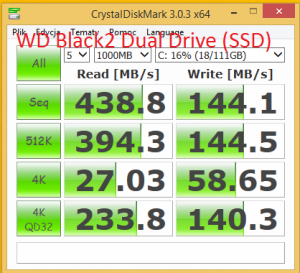
To have ChkDsk analyze and repair volumes, you add the /F parameter, such as chkdsk c: /f. For example, if you want to analyze the C drive, you'd type chkdsk c. You can run ChkDsk in analysis mode at the command line by typing chkdsk followed by the drive designator. The key advantage of using the command-line version is that you get a detailed report of the analysis and repair operations as detailed in the sections of this chapter entitled "Analyzing FAT Volumes by Using ChkDsk" and "Analyzing NTFS Volumes by Using ChkDsk." Type fsutil dirty query followed by the drive designator, such as fsutil dirty query c.Ĭheck Disk can also be run at the command line using ChkDsk ( Chkdsk.exe). If you want to determine if Check Disk is set to run the next time the system is started, you can use the FSUTIL DIRTY command to do this as well. Type fsutil dirty set followed by the drive designator, such as fsutil dirty set c. You can mark a disk as dirty using the FSUTIL DIRTY command. When you schedule Check Disk to run, the operating system marks the disk as dirty, which means it needs to be checked and repaired. As a result, you must either use the command-line version and dismount the volume or schedule Check Disk to run the next time the system is started.

Check Disk can't get exclusive access to a volume if it has open file handles.


 0 kommentar(er)
0 kommentar(er)
